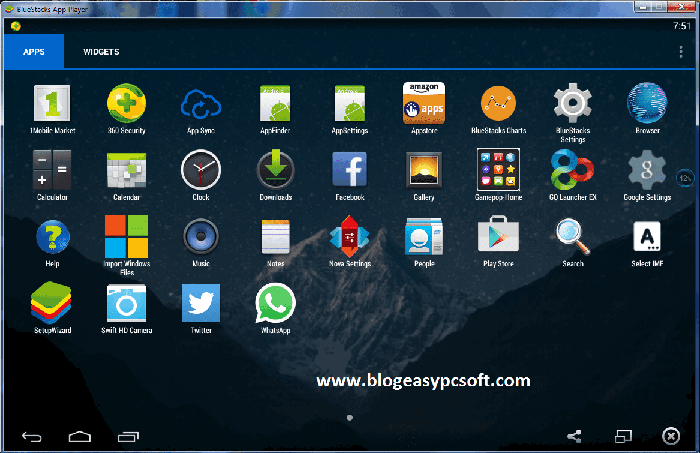


If you are unfamiliar or uncomfortable with registry editing, use these utilities. Otherwise, they are only accessible through the registry. You can disable these with either the Startup tasks tool in Settings or the Task Manager. Some startup items have no shortcut in the Startup folder. If it does not, enter the accurate path to the program. In the "Target:" field, verify that the path statement points to the filename of the correct program. In the Startup folder, right-click the appropriate icon and select Properties.If a shortcut you want in the Startup folder is pointing to the wrong program, correct it as follows: Right-click the program you don't want to open at startup and click Delete.

In the "Open:" field, type:Ĭ:\ProgramData\Microsoft\Windows\Start Menu\Programs\StartUp To remove a shortcut from the Startup folder: For example, if I was trying to learn more about "Microsoft OneDrive," the online search query would include "OneDrive.exe Microsoft OneDrive.The shortcut will remain in the Recycle Bin until you empty it. This will perform an online search in your web browser with the name of the app and exact file name. You can find out more information about an app by right-clicking the item and clicking Search online. While you can control anything listed in the Startup tab, it's also important to understand what you're trying to disable, because sometimes you could block an app or service that is required to run the OS or application correctly. It could also happen that when an app has been uninstalled, but the entry still shows up in Task Manager.

Not measured - This usually means that the app was recently installed and Windows 10 hasn't calculated its impact.Low - The app uses less than 300ms of processor time and less than 300KB of disk I/O.Medium - The app uses 300ms to 1,000ms of processor time, or 300KB to 3MB of disk I/O.High - The app utilizes more than 1,000ms of processor time, or it uses more than 3MB of disk I/O.Here's exactly how Windows 10 determines each value: To help you determine which apps you should disable, Task Manager displays an impact measurement for each app. If you have a long list, it's a good idea to click the Status column to sort the items into Enabled and Disabled to make the list more manageable.


 0 kommentar(er)
0 kommentar(er)
